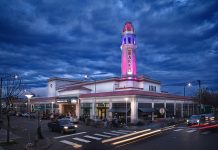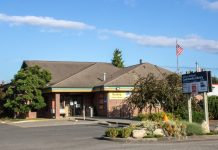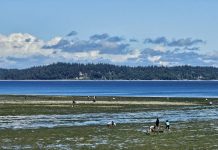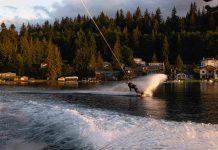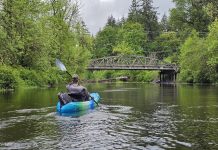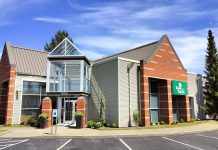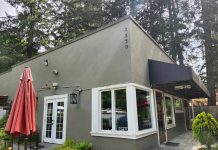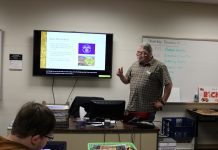Dale Serbousek, Managing Broker at RE/MAX,Whatcom County Inc. is passionate about educating his clients on how to navigate the new real estate landscape, following the 2016 Hirst Decision. In short order, the decision changed how building permits are issued for houses that use wells for a water source and affected land values. These changes have made buying, building or selling a home more complicated and Serbousek is committed to helping his clients make the right choice for them.
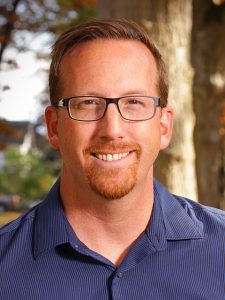
The Hirst Decision has instigated a drastic change to the real estate market in rural areas not served by municipal water systems in Whatcom and Skagit Counties. It is associated with the Growth Management Act requiring resources to be available before development can occur. Up until October of 2016, houses built with a well were considered exempt from the State of Washington Riparian Water Law which is obeyed by municipal, industrial and agricultural water users. Exempt wells are primarily for single-family homes with a daily limit of 5,000 gallons including irrigation of up to a half acre of land.
Since the Hirst Decision, the exempt wells in Whatcom County are no longer considered exempt with regard to Instream Flow rules. Instream Flows were set as minimums for the Nooksack River and Whatcom Creek to allow enough water for fish. Nooksack and Whatcom Creeks’ flows were set in 1985. This means any water right junior to the river’s or creek’s water right cannot be used if instream minimums are not met. If your well water right (for municipal and agricultural use) is younger than the instream flow setpoint date you may not be able to use your water. This is now true of wells not put to use as exempt wells after November 2016. If actual instream flows become lower than the minimum, many water rights which are junior (younger) to the instream flow minimum must reduce use to maintain the senior water right of the river. The Hirst Decision recognizes that many exempt wells may influence instream flows to the point that water use must be curtailed by exempt wells to maintain the riparian first in time, first in line water right law.
Whatcom County has thus stopped issuing building permits for new homes with wells in the Nooksack River watershed and the Lake Whatcom Watershed. This has affected property values since without water, a home is impossible to live in. Alternatives to wells are possible but for now are expensive. They include rain catchment, storage and release during low river or creek flows and trucking water for storage and use. Such a system can be designed, reviewed by a hydrogeologist and, if approved by Whatcom County, a building permit can be obtained. This is a new and untested process and will take time to develop.
Land owners are left in limbo due to the recent ruling. Some are dependent on the sale of land as it was their nest egg to be used to pay medical expenses of an ailing family member. Unfortunately, case law for situations like this don’t exist so there is no record of past performance to provide direction. There is no limitation regarding drilling a well. The limitation is on using the water from that well unless you have a water right.
The science behind groundwater flow and interactions with surface water is evolving. Ground and surface waters were thought to be separate previously. Today, it is understood that most river basins are connected to groundwater and use from one source will affect the other. It will take state government time to understand the Hirst Decision and decide if exempt wells will affect water quantity in the river, lake or stream it is connected to.
Single family homes, like nature, use more water in the spring and summer mainly due to irrigation. Most of these homes are in rural areas and utilize septic tanks and drainfields for disposal of sewage. This in time is treated by filtration and biological breakdown to provide nutrients to bacteria and plants and water is filtered and returned to where it came from. This process has many variables including terrain, soil properties, depth to the water table, rate of water use for domestic and irrigation and how much food and drink is imported to the home.
This is a complicated issue, and one that is currently evolving. If you are looking for a home in this challenging real estate climate, give Dale Serbousek a call at 360-201-7717. He can help you navigate these rough waters while long term solutions are sorted out.
Sponsored











